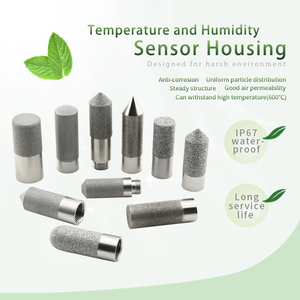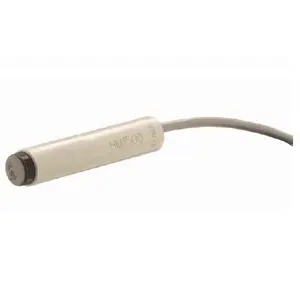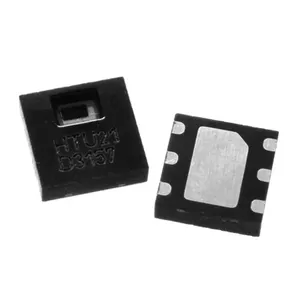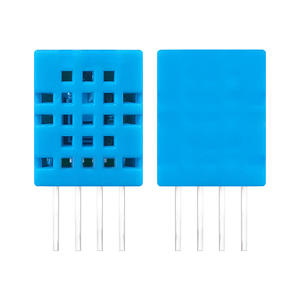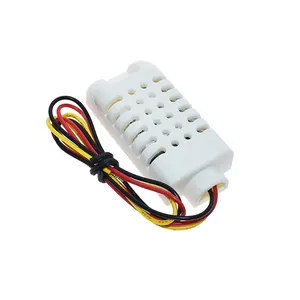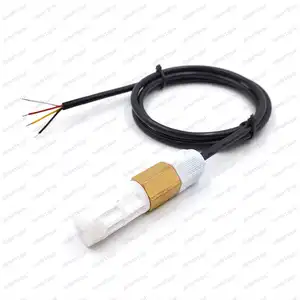Humidity And Temperature Sensor Distributor






 Top sponsor listing
Top sponsor listing




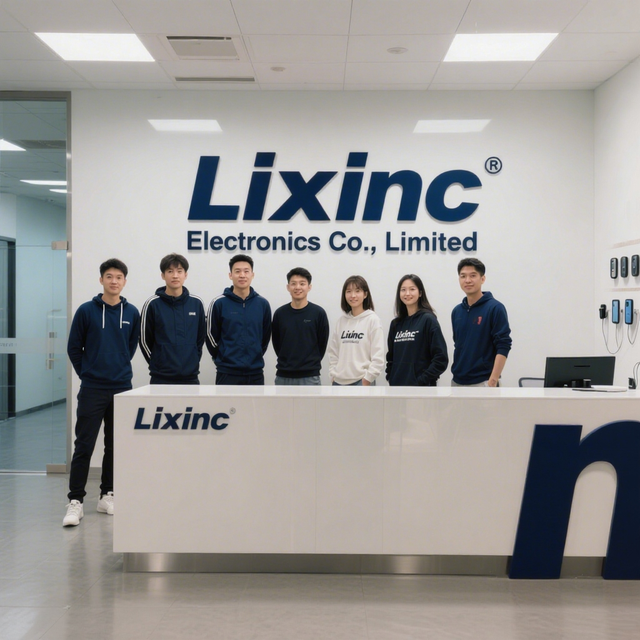












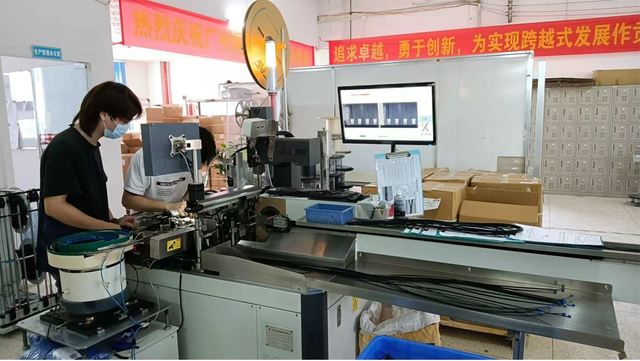























About humidity and temperature sensor distributor
Where to Find Humidity and Temperature Sensor Distributors?
China serves as a central hub for humidity and temperature sensor manufacturing, with key production clusters concentrated in Shenzhen and surrounding Guangdong regions. These areas host vertically integrated supply chains spanning semiconductor fabrication, electronic component assembly, and environmental testing instrumentation. Shenzhen-based suppliers benefit from proximity to Tier-1 electronics markets, enabling rapid prototyping and scalable production runs. The region's mature industrial ecosystem supports both high-volume OEM orders and low-MOQ development kits, catering to diverse applications including HVAC systems, smart agriculture, data centers, and industrial automation.
Suppliers in this cluster leverage localized access to microcontroller units (MCUs), printed circuit board (PCB) fabricators, and calibration laboratories, reducing lead times by 20–30% compared to non-specialized regions. Average production cycles range from 7–15 days for standard sensor modules, with express fulfillment options available for urgent procurement. Buyers gain operational flexibility through modular designs, multiple output protocols (I²C, analog, 4–20mA), and compatibility with industrial communication standards such as Modbus and RS-485.
How to Choose Humidity and Temperature Sensor Distributors?
Procurement decisions should be guided by technical validation, operational reliability, and transactional safeguards:
Technical Compliance & Product Range
Verify that suppliers offer sensors calibrated across relevant measurement ranges—typically ±2% RH for humidity and ±0.3°C accuracy for temperature. Confirm compliance with environmental protection standards such as RoHS and REACH. Look for product diversity covering digital modules (e.g., DHT22, SHT20, AHT10), industrial transmitters, and data logging solutions. Suppliers specializing in environmental sensors often provide extended specifications including dew point calculation, long-term stability ratings, and operating ranges up to 80°C or 95% RH.
Production and Customization Capability
Assess the supplier’s ability to support customization:
- Probe length, cable gauge, and connector type modifications
- Housing material options (nickel-plated brass, Hastelloy, bronze)
- OEM labeling, packaging, and branding services
- Integration of relay outputs or wireless transmission (WiFi/4G)
Cross-reference listed product portfolios with on-time delivery performance (target ≥98%) and response time (ideally ≤4 hours) to ensure operational responsiveness during order cycles.
Transaction and Quality Assurance
Prioritize suppliers with verifiable quality control processes, including pre-shipment calibration reports and batch testing documentation. Utilize secure payment mechanisms where possible, especially for first-time engagements. Evaluate reorder rates as an indicator of customer satisfaction—rates above 20% suggest consistent product reliability and service quality. Conduct sample testing against known reference devices to validate measurement accuracy before scaling procurement.
What Are the Leading Humidity and Temperature Sensor Distributors?
| Company Name | Verified Type | Main Products | Online Revenue | On-Time Delivery | Avg. Response | Reorder Rate | Customization | Sample MOQ |
|---|---|---|---|---|---|---|---|---|
| Hengko Technology Co., Ltd. | Custom Manufacturer | Environmental Sensors, Data Loggers, Probe Assemblies | US $350,000+ | 100% | ≤4h | <15% | Yes | 1–10 pcs |
| Shenzhen Week Technology Ltd. | Distributor/Wholesaler | Humidity Modules, Gas & Flow Sensors | Not disclosed | 100% | ≤9h | - | Limited | 1 pc |
| Shenzhen Yihexin Electronic Technology Co., Ltd. | Distributor/Wholesaler | Digital Sensor ICs, Breakout Boards | US $70,000+ | 98% | ≤2h | 20% | No | 2–10 pcs |
| Shenzhen RPD Sensor Technology Co., Ltd | Distributor/Wholesaler | Industrial Transmitters, WiFi Data Loggers | US $600,000+ | 98% | ≤2h | <15% | Yes | 10–100 pcs |
| Lixinc Electronics Co., Limited | Distributor/Wholesaler | Sensor Modules, Development Kits | US $10,000+ | 86% | ≤1h | 24% | Limited | 5–20 pcs |
Performance Analysis
Hengko Technology and Shenzhen RPD Sensor Technology stand out for industrial-grade offerings, with strong customization capabilities and high online revenue volumes indicating market penetration. Hengko achieves perfect on-time delivery, making it suitable for time-sensitive deployments. Shenzhen Yihexin and Lixinc Electronics specialize in entry-level digital modules with low MOQs, ideal for prototyping and small-batch integration. While Lixinc has the highest reorder rate (24%), its lower on-time delivery rate (86%) presents a risk for scheduled projects. RPD Sensor leads in industrial application support, offering 4G-enabled data loggers and robust transmitter designs. Buyers requiring OEM-level design input should prioritize suppliers explicitly listing customization options and probe engineering expertise.
FAQs
How to verify humidity and temperature sensor accuracy?
Request calibration certificates traceable to NIST or equivalent standards. Perform comparative testing in controlled environments using certified reference instruments. Validate long-term drift specifications (typically ±1.5% RH/year) for critical monitoring applications.
What is the typical minimum order quantity (MOQ)?
MOQ varies by supplier and product type: basic digital modules start at 1–5 pieces, while industrial transmitters may require 100+ units. Some distributors offer tiered pricing based on volume brackets.
Do suppliers support private labeling and packaging?
Yes, select manufacturers like Hengko Technology provide OEM services including custom logos, packaging labels, and branded data logger interfaces. Minimum branding quantities typically start at 500 units.
What are common output signals for industrial sensors?
Standard outputs include 4–20mA current loops, 0–10V analog signals, and digital I²C/SPI interfaces. High-end models integrate Modbus RTU or wireless protocols (WiFi, LoRa) for SCADA and IIoT integration.
How long does sampling and delivery take?
Sample processing takes 3–7 days, with global air shipping adding 5–10 business days. Production lead times for bulk orders range from 10–20 days depending on customization complexity and testing requirements.















